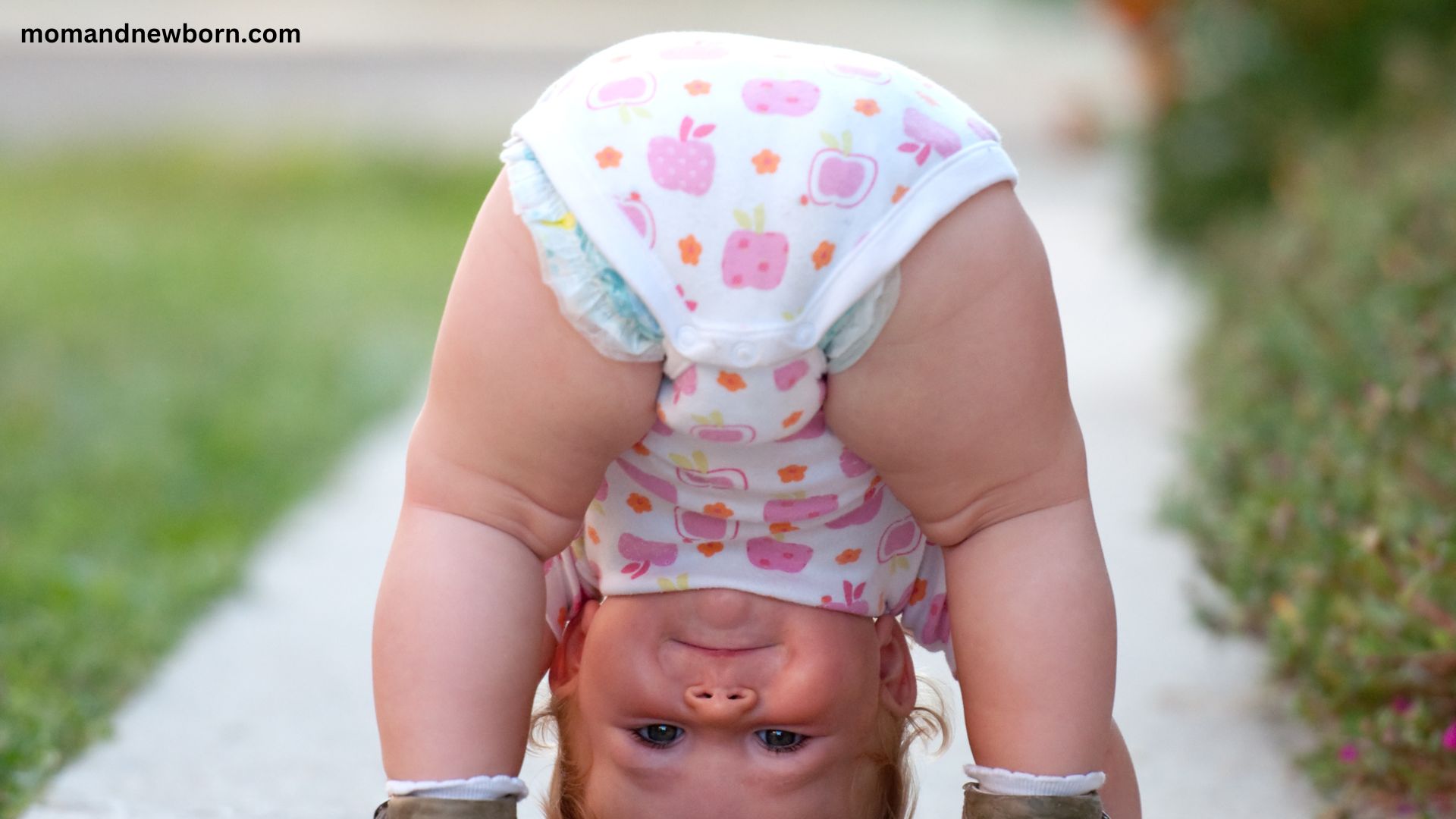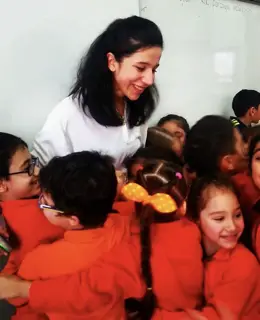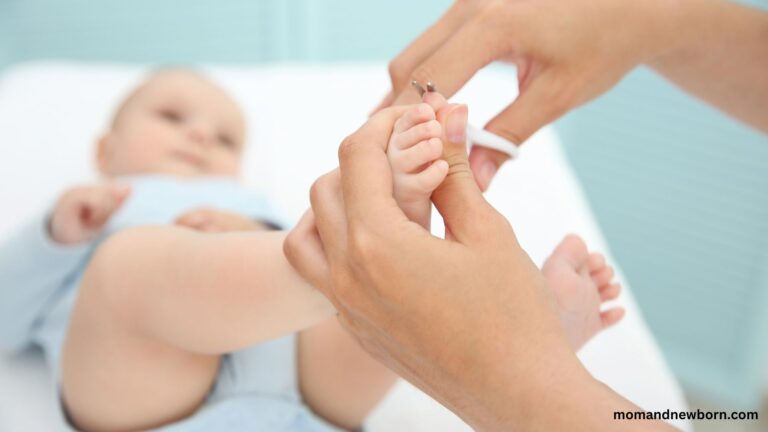Going Out with Your Baby: Tips for Keeping Them Safe in Any Temperature
As a new parent, it’s natural to worry about the safety and comfort of your baby, especially when it comes to changes in temperature.
Whether you’re planning to spend time indoors or outdoors with your little one, it’s essential to be mindful of the temperature and take appropriate steps to ensure their well-being.
In this article, we’ll share some tips and guidelines to help you keep your baby safe and comfortable in different temperatures, from hot summer days to chilly winter nights.
How do you take a baby out for the first time?
Taking a baby out for the first time can be an exciting and nerve-wracking experience for new parents. Here are some tips to help make the process easier:
- Choose a quiet time: Plan your first outing during a quiet time when you are less likely to encounter crowds or noise. This can help to minimize stress for both you and your baby.
- Pack everything you need: Make a checklist of everything you will need for your babies, such as diapers, wipes, extra clothes, feeding supplies, and a stroller or carrier. Be sure to pack more than you’ll need.
- Dress your baby appropriately: Dress your baby in comfortable, weather-appropriate clothing. If it’s cold outside, bundle your baby up in warm layers. If it’s warm, choose light, breathable fabrics.
- Have a plan: Plan your outing ahead of time and choose a location that is convenient and accessible. Have a backup plan if your baby becomes fussy or needs feeding or napping.
- Be prepared for emergencies: Bring a first aid kit and know how to respond to choking or allergic reactions. Be familiar with the location of the nearest hospital or urgent care center.
- Stay calm: Remember that your baby will pick up on your mood, so stay calm and relaxed. If you feel anxious or overwhelmed, take a deep breath and remind yourself that feeling this way is normal.
What should I dress my baby in to go outside?
When dressing your baby to go outside, it’s essential to consider the weather and temperature. Here are some general guidelines to follow:
Note: Always check the weather forecast before heading out and adjust your baby’s clothing accordingly. It’s also a good idea to bring extra layers or a blanket if the temperature changes unexpectedly.
What temperature is OK for a baby outside?
Babies have more difficulty regulating their body temperature than adults, so it’s essential to be mindful of the outdoor temperature when taking them outside. The general rule of thumb is to dress your baby in one additional layer of clothing than you would wear in the same weather conditions.
Generally, taking a baby outside in temperatures between 68 and 72 degrees Fahrenheit (20-22 degrees Celsius) is safe. If the temperature is below 68 degrees Fahrenheit, your baby should be dressed in warm layers to help regulate their body temperature. If the temperature is above 72 degrees Fahrenheit, your baby should wear lightweight, breathable clothing to avoid overheating.
It’s essential to monitor your baby’s body temperature and behavior when outside and to bring them indoors if they seem uncomfortable, fussy, or too hot or cold. In extreme temperatures, such as heat waves or cold snaps, keeping your baby indoors and avoiding unnecessary outdoor exposure is best.
How long can babies be outside?
The time a baby can safely spend outside depends on age, weather conditions, and health. In general, it’s important to monitor your baby’s behavior and body temperature outside and bring them inside if they seem uncomfortable, fussy, or too hot or cold.
Here are some general guidelines for outdoor time for babies:
- Newborns:
Limiting your baby’s outdoor time to brief periods, such as for a walk around the block or a quick errand, is best for the first few weeks of life. Avoid direct sunlight and keep your baby’s head and face covered. Aim for a maximum of 15-30 minutes of outdoor time at a time, gradually increasing as your baby grows and becomes more accustomed to being outside.
- Infants:
Babies between 1 and 6 months of age can generally tolerate slightly more extended periods of outdoor time. However, avoiding direct sunlight and monitoring your baby’s body temperature and behavior are still important. Aim for no more than 1-2 hours of outdoor time at a time, and be sure to take breaks if your baby becomes fussy or seems uncomfortable.
- Older babies:
Once your baby is over six months old, they can generally tolerate longer periods of outdoor time, up to several hours at a time, as long as they are dressed appropriately and the weather is mild. However, avoiding direct sunlight and monitoring your baby’s behavior and body temperature are still important.
Remember, every baby is different and may have different tolerances for outdoor time. It’s important to pay attention to your baby’s cues and adjust accordingly. Consult your pediatrician if you have concerns about your baby’s health or safety while outside.
How often should I take my baby outside?
Taking your baby outside can be beneficial for their physical and mental health, as well as for their overall development. However, how often you take your baby outdoors can depend on several factors, such as age, weather conditions, and your personal preferences and schedule.
Generally, it’s a good idea to aim for at least a few brief outdoor outings each day, such as a walk around the block, a visit to the park, or a trip to the store. This can help your baby get fresh air, exercise, and exposure to new sights and sounds.
For newborns, it’s generally best to limit outdoor time to brief periods of 15-30 minutes, gradually increasing as your baby gets older and more accustomed to being outside. Several hours of outdoor time per day is generally recommended for older babies and toddlers, as long as the weather conditions are mild and your baby has dressed appropriately.
Is it important to take the baby out?
Being outside can provide a range of benefits for the baby’s physical and mental development.
Firstly, spending time outdoors exposes babies to natural light, which can be beneficial for regulating their circadian rhythms and promoting healthy sleep patterns. Outdoor activities also provide opportunities for babies to experience new sights, sounds, and sensations, stimulating their developing senses and promoting cognitive and emotional growth.
Additionally, being outside can help babies to develop gross motor skills, such as crawling, walking, and running, as they have more space to move and explore. Fresh air and exercise can also help to strengthen the immune system and promote overall physical health.
Furthermore, taking a baby outside can positively affect their mental health, providing a calming and relaxing environment that can help reduce stress and promote well-being. (1)
Can I take my newborn outside in the first week?
In general, it’s recommended to limit outdoor time for newborns in the first week or two of life, especially during times of the year when the weather is very hot or freezing. This is because newborns have not yet fully developed their ability to regulate their body temperature and can be more vulnerable to extreme temperatures.
If you need to take your newborn outside during the first week, it’s best to limit the time spent outdoors to short periods and to dress your baby appropriately for the weather. Dress your baby in layers, and cover their head and feet to help regulate their body temperature. It’s also important to avoid direct sunlight and to use a stroller or carrier with a shade cover to protect your baby from the sun’s rays.
It’s also important to be mindful of the environment and avoid crowded or germ-filled areas. During the first few weeks of life, a newborn’s immune system is still developing and can be more susceptible to illness. Avoid crowded places, and encourage visitors to wash their hands before holding your baby.
Overall, while it’s essential to get fresh air and sunlight for you and your newborn, it’s best to take precautions during the first week or two of life to ensure your baby is safe and healthy.
References: Bento G, Dias G. The importance of outdoor play for young children’s healthy development. Porto Biomed J. 2017 Sep-Oct;2(5):157-160. doi: 10.1016/j.pbj.2017.03.003. Epub 2017 Apr 6. PMID: 32258612; PMCID: PMC6806863.
Frequently Asked Questions
What temperature is unsafe for babies to be outside?
Babies are more vulnerable to extreme temperatures than adults, and it’s essential to take precautions to ensure they are safe and comfortable when spending time outside. In general, it’s recommended that babies be kept in temperatures between 68 and 72 degrees Fahrenheit (20-22 degrees Celsius) when indoors.
Regarding outdoor temperatures, it’s generally safe to take a baby outside in temperatures ranging from 32 to 85 degrees Fahrenheit (0 to 29 degrees Celsius), provided that they are dressed appropriately for the weather. However, remember that a baby’s ability to regulate their body temperature is still developing, so it’s essential to be mindful of the temperature and dress them appropriately.
In colder temperatures, dress your baby in layers to keep them warm and cover their head, hands, and feet. Avoid exposing your baby to cold temperatures for extended periods, and watch for signs of discomfort, such as fussiness or lethargy.
In hotter temperatures, dress your baby in lightweight clothing and use a sun hat to protect their head from the sun’s rays. Avoid direct sunlight and seek shade whenever possible. It’s also important to keep your baby well-hydrated in hot temperatures to help prevent dehydration.
Is 66 too cold for a baby?
Sixty-six degrees Fahrenheit (or about 19 degrees Celsius) may be too cold for a baby, especially for extended periods. Babies are more sensitive to changes in temperature and may have difficulty regulating their body temperature in cooler environments. It’s generally recommended to keep indoor temperatures between 68 and 72 degrees Fahrenheit (or 20-22 degrees Celsius) for the comfort and safety of a baby.
Is 75 too hot for a baby?
75 degrees Fahrenheit (or 24 degrees Celsius) is not too hot for a baby, but it may be uncomfortable if the humidity is high. It is essential to dress your baby appropriately for the weather and keep them well-hydrated in warmer temperatures. If your baby appears uncomfortable or overheated, move to a more relaxed environment or remove layers of clothing to help them cool down.









